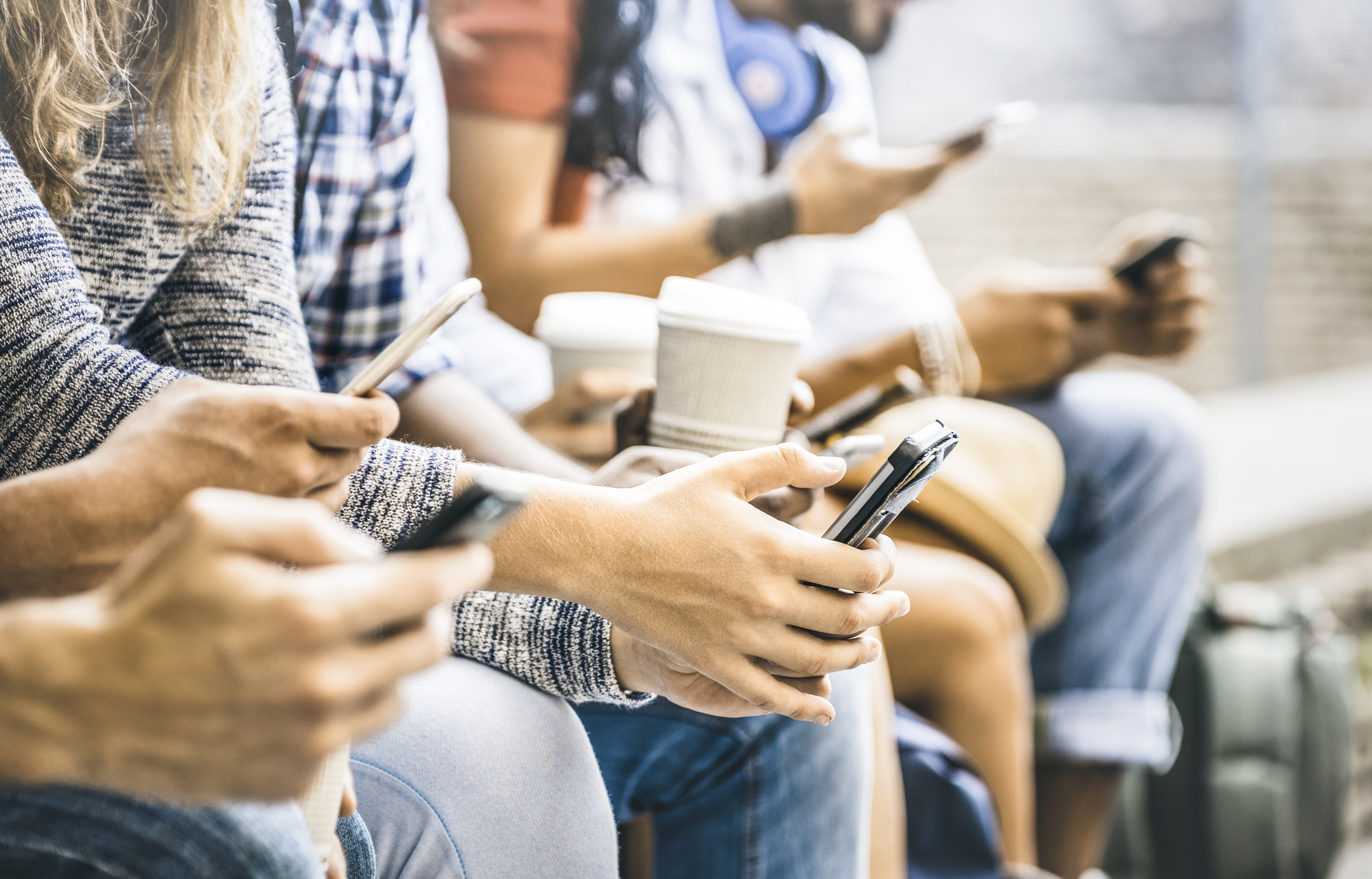
AN estimated four million UK mobile phone users have been charged £490 million for handsets they already own, a charity has warned.
Citizens Advice said EE, Three and Vodafone routinely continued to charge customers for handsets after they had paid them off in full.
It warned that customers were often unaware they were being charged for handsets after their contracts had ended, even though they owned the phone and only needed to continue paying for calls, texts and data.
The most common mobile contracts are bundled deals, which typically last for two years and do not include information about the cost of the handset.
A study by the advisory service of more than 700 bundled contracts found that consumers would pay more than buying the phone outright in 73% of cases, despite 55% of consumers assuming it was the cheaper option.
On average customers are overcharged £22 a month, but this was as high as £38 for high-end phones such as an iPhone or Samsung Galaxy, the charity found.
The study found vulnerable people were at higher risk of being overcharged, with older people twice as likely to be charged for a phone they already owned for longer than 12 months at an potential average cost of £264.
The advisory service is calling on the three companies to separate the cost of the phone from the mobile service – a practice already in place with other providers.
Ofcom is consulting on addressing the problem, but Citizens Advice said the regulator’s proposal of sending a single notification to customers before their contract ends does not go far enough.
Citizens Advice chief executive Gillian Guy said: “It is unacceptable that mobile providers are knowingly overcharging customers for phones they already own.
“We’ve heard a lot of talk from Government and the regulator but now we need action. Other companies have already stopped doing this so we’re looking for these three major providers to follow suit.
“In the meantime, consumers should check their phone bills to see if they can save money with a SIM-only contract or upgrade to a new phone.”
Digital minister Margot James said: “It is absolutely unacceptable for consumers to be charged for a product they have already bought. Mobile providers must make it clearer when a customer has paid off their handset and is in a position to switch to a cheaper deal.
“We will continue to work with Ofcom and Citizens Advice to push for a fairer and more transparent system that helps people save money.”
An EE spokesman said: “We fully agree that customers shouldn’t overpay, but we believe that this is best achieved through clear communications with consumers about their options, and that the current proposals for separating phones and tariff is overly simplistic and doesn’t give the customers either the transparency or best deal that they deserve.”
Three said: “We continue to look closely at the issue of handset financing and are working closely on this with the Government and regulators.”
Vodafone said: “We already contact all of our customers when they are approaching the end of their minimum term to let them know their options. These include upgrading their handset or moving to a SIM-only contract so they are not paying anything for a handset.”

Enjoy the convenience of having The Sunday Post delivered as a digital ePaper straight to your smartphone, tablet or computer.
Subscribe for only £5.49 a month and enjoy all the benefits of the printed paper as a digital replica.
Subscribe